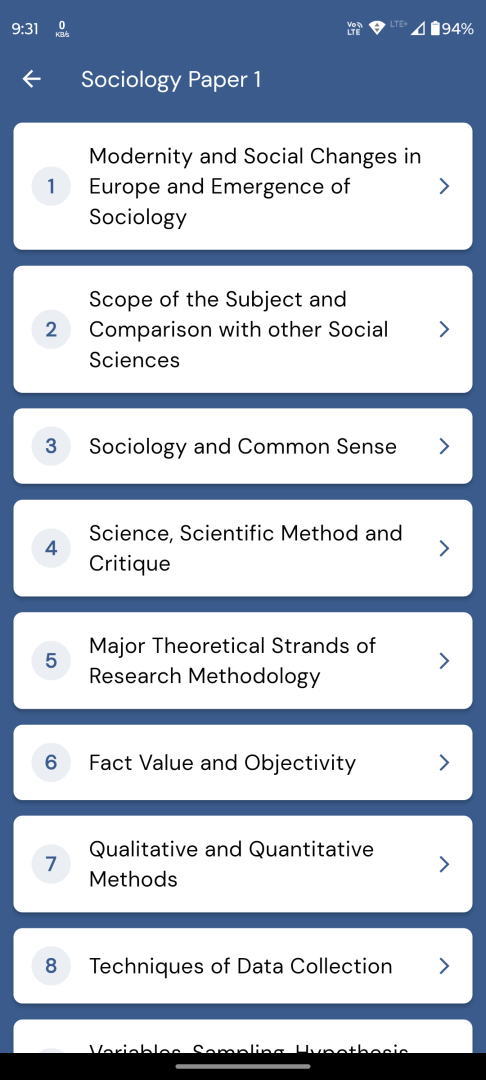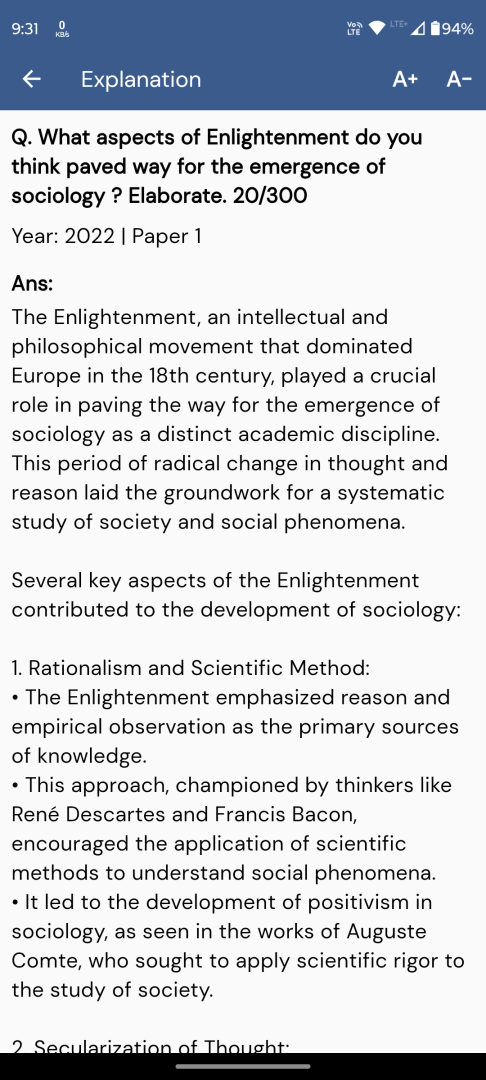Dependency Theory: Understanding Development, Approaches, and Criticisms
Dependency Theory of Development and Its Characteristics
Dependency theory is a critical perspective on economic development that emerged in the mid-20th century as a reaction to earlier theories of development. This theory challenges the idea that all societies progress through similar stages of development and argues that underdeveloped countries have unique features and structures of their own. In this article, we will delve into the key characteristics of a dependent economy and explore the main proponents of dependency theory. Additionally, we will discuss the criticisms leveled against this theory and its relevance in today’s global economic landscape.
The Proponents of Dependency Theory
Dependency theory gained prominence in the 1960s and 1970s as a counterpoint to modernization theory. Its leading proponents included economists such as Prebisch, Singer, Paul Baran, Paul Sweezy, C. Furtado, F. H. Cardoso, Gunnar Myrdal, A. Gunder Frank, I. Girvan, and Bill Warren. Many of these scholars focused their attention on Latin America. Notably, the Egyptian economist Samir Amin emerged as a leading dependency theorist in the Islamic world.
Challenging Earlier Theories
Earlier theories of development posited that all societies follow a common path of development, and the underdeveloped areas must accelerate their progress through means such as investment, technology transfers, and integration into the world market. Dependency theory rejects this notion, asserting that underdeveloped countries are not primitive versions of developed countries; instead, they have distinct characteristics and face unique challenges. These nations are positioned as weaker members in a global market economy, never having enjoyed the patronage of more powerful countries. Dependency theorists argue that underdeveloped countries need to reduce their dependence on the world market and pursue their own development path, aligned with their specific needs and less influenced by external pressures.
The Singer-Prebisch Thesis
Hans Singer and Raul Prebisch, prominent dependency theorists, noted a concerning trend in the terms of trade for underdeveloped countries compared to developed ones. Over time, underdeveloped countries were able to purchase fewer manufactured goods from developed countries in exchange for their raw material exports. This phenomenon, known as the Singer-Prebisch thesis, highlighted the worsening terms of trade for underdeveloped nations. Prebisch, an economist at the United Nations Commission for Latin America, argued that these nations must adopt some degree of protectionism in trade to achieve self-sustaining development. Import substitution industrialization (ISI), rather than a trade-and-export orientation, was proposed as the optimal strategy for underdeveloped countries.
Challenging Classical Economics
Dependency theorists also challenged the applicability of classical economic theories, such as those of Smith and Ricardo, to the analysis of dualistic dependent structures in countries like Brazil, Mexico, and India. They viewed less developed countries as integral parts of the global process, providing inputs for advanced nations and engaging in low-wage manufacturing under unfavorable terms of trade. Dependency theory shifted the focus from internal institutional structures, like corruption levels and wealth concentration, as the causes of underdevelopment, emphasizing external factors instead. Many dependency theorists advocated social revolution as a means to reduce economic disparities in the world system.
The Basic Premises of Dependency Theory
To better understand dependency theory, we can examine its basic premises:
- Role of Poor Nations: Dependency theory posits that poor nations primarily provide natural resources and cheap labor. They serve as export destinations for obsolete technology and markets for wealthy nations, enabling the latter to maintain their high standard of living.
- Wealthy Nations’ Influence: Wealthy nations actively perpetuate a state of dependence through various means, including economics, media control, politics, banking and finance, education, culture, sport, and human resource development. They play a pivotal role in the recruitment and training of workers.
- Resistance to Influence: Dependency theorists argue that wealthy nations actively counter any attempts by dependent nations to resist their influences, potentially resorting to economic sanctions or even military force. The poverty of peripheral countries is attributed to how they are integrated into the global system.
Characteristics of a Dependent Economy
Now, let’s delve into the characteristics of a dependent economy, which is shaped by the principles of dependency theory:
- Historical Roots: Dependency is believed to have been established during the industrial revolution and the expansion of European empires worldwide. This expansion, driven by superior military power and accumulated wealth, created a global economic system that favored the wealthy nations.
- Export Ownership: In a dependent economy, exporting firms are primarily owned by foreigners.
- Commodity Dominance: Exporting is dominated by one or a few commodities, limiting economic diversification.
- Export Dependency: The export sector dominates the economy, and imports outweigh the nation’s GDP.
- Vertical Integration: Mineral and petroleum products are produced under conditions of vertical integration, often controlled by foreign entities.
- Non-Self-Activating Growth: Economic growth is not self-activating and depends on external factors.
- Repatriation of Profits: Profits are typically repatriated to foreign entities rather than reinvested domestically.
- Reliance on Imports: The production of export industries relies on imported inputs.
- External Determinants: Income, employment, and growth are determined by international market prices, demand conditions, and the willingness of transnational corporations to invest.
- Economic Vulnerabilities: Income, employment, and growth are conditioned by changes in the prices and types of imports, economic fluctuations abroad, shifts in consumer preferences, and technological advancements.
- Limited Linkages: Backward and forward linkages of export activities are rare, hindering the development of a diversified economy.
- Dominance of Foreign Entities: Foreign capital, technology, and management play dominant roles in the economy.
Dependency Theory: Understanding Two Approaches
Dependency theory, a significant framework in economics, has evolved over time, with two prominent streams: the Structuralist stream and the Marxist stream. These two approaches, developed by different classes of economists, offer distinct perspectives on the relationship between developed and underdeveloped nations. In this article, we will explore these two approaches in detail, shedding light on the Marxian theory of dependency and the Structuralist theory of dependency.
The Marxian Theory of Dependency
The Marxian theory of dependency, rooted in the ideas of Paul Baran, presents a critical examination of the economic dynamics between developed and underdeveloped nations. Baran’s work, as detailed in his book “The Political Economy of Growth,” forms the foundation of this approach. It draws parallels with earlier Marxist theories of imperialism and continues to captivate the interest of scholars.
Dependency as Economic Structure
Celso Furtado, a Brazilian economist, was among the pioneers to use the term ‘dependency’ and argue that development and underdevelopment are interconnected facets of a single economic structure. Furtado was influenced by the ideas of John Maynard Keynes and Gunnar Myrdal, particularly concerning the role of the state and how the international economy influences national development.
Furtado emphasized the need for inclusive social development and advocated for incorporating marginalized populations into the development process. He believed that industrialization could bring about social progress by mobilizing new social forces and pressures.
The Case of Northeast Brazil
Furtado’s work in Brazil highlighted the stark income disparities between different regions. He observed that the income gap between poor farmers in the northeast and those in more prosperous areas like Sao Paulo was even greater than the income gap between Sao Paulo and Europe. To address this issue, Furtado established the Superintendency for the Development of the Northeast (SUDENE), a government agency aimed at promoting industrial development and land reform in the region.
Furtado argued that the northeast faced declining terms of trade for its commodity exports and its income earnings from industrial goods bought from Sao Paulo and Rio. He saw a direct link between foreign direct investment (FDI)-led growth and rising internal inequality.
The Destructive Effects of Capitalism
Baran’s contribution to the Marxian theory of dependency centered on his analysis of economic surplus. He defined economic surplus as the resources available for reinvestment in productive ways after meeting basic needs. However, he highlighted how this surplus could be misused, such as through conspicuous consumption, military expenditures, or profit repatriation by foreign powers.
Baran’s historical analysis concluded that the poverty of underdeveloped countries stemmed from the extraction of this surplus during the colonial era. He argued that colonialism stifled the potential for change, perpetuating backwardness and poverty. According to Baran, the domination of foreign and domestic capitalists intensified the oppression inherited from feudalism, leading to the persistence of poverty and underdevelopment.
Dependency Theory’s Key Assertions
Dependency theory, as articulated by Baran and others, made several key assertions:
- Profit margins fell due to demands for higher wages by workers.
- Foreign capital became a source of state revenue through taxes and royalty payments.
- Foreign exchange controls were imposed to curb repatriated profits.
- Tariffs on imported goods protected domestic manufacturing.
The state, according to Baran, had the potential to break this deadlock by pursuing import substitution industrialization (ISI) and adopting new economic policies. However, he believed that political revolution was necessary to achieve meaningful change, as following the capitalist path would only lead to continued underdevelopment.
The Structuralist Theory of Dependency
In contrast to the Marxian perspective, the Structuralist theory of dependency does not strictly adhere to Marxist principles. One notable proponent of this approach was Fernando Henrique Cardoso, a Brazilian sociologist and economist of international renown.
Peripheral Capitalism and Economic Evolution
Cardoso argued that nations on the periphery of the global economy experience a unique form of ‘peripheral capitalism.’ He challenged the notion of complete stagnation, asserting that these societies and economies continually evolve through different stages.
Three Stages of Economic History
Cardoso identified three major stages in the economic history of less developed countries (LDCs):
- Agro-Export Stage: During the colonial period, LDCs primarily engaged in agro-export activities, characterized by economic dualism. Precapitalist sectors, such as artisans and peasants, played a significant role. Some sectors integrated with the world market, producing exportable goods in modern enclaves.
- Developmentalist Alliances Stage: After World War II, certain LDCs underwent transformation through import substitution industrialization (ISI). A new social structure of accumulation emerged, driven by the collective interests of industrial workers, peasants, and capitalists.
- Corporatist Regime Stage: In this stage, characterized by authoritarianism, dissent was curbed, and populist policies were rolled back. Transnational corporations (TNCs) played a central role in the growth process, resulting in a new form of capital accumulation called ‘associated dependent development.’
Associated Dependent Development
Cardoso’s concept of ‘associated dependent development’ emphasizes the cooperation between domestic capital and TNCs. This partnership leads to economic growth, improved GDP, and potentially higher standards of living for the masses. It challenges the notion of continuous stagnation, suggesting that LDCs have the capacity to evolve and progress.
Challenges of Dependency in Globalization
However, the dependency associated with globalization has introduced new challenges for LDCs. Increased foreign indebtedness, external intrusions through conditionalities imposed by international financial institutions, and the establishment of organizations like the World Trade Organization (WTO) have constrained the policy space available to developing countries.
Dependency theorists argue that these nations remain trapped in a post-colonial inertia, specializing in raw material exports and struggling to autonomously reshape their economic structures. This is exemplified by the alliance of international and local capital, with the state actively participating in this partnership.
Characteristics of Dependent Economic Systems
According to non-Marxist dependency theorists, dependent economic systems exhibit the following characteristics:
- Regression in agriculture and small-scale industry.
- Concentration of activities in export-oriented agriculture and mining.
- Rapid growth of the tertiary sector with hidden unemployment.
- Chronic current account balance deficits.
- Structural imbalances in political and social relationships.
- The prominence of the comprador element and the rise of state capitalism and indebtedness.
- Cyclic ups and downs in the form of business cycles.
The Path to Development
While some economists argue that political independence alone can lead to progress, dependency theorists stress that the right policies and decisions are crucial for development. Economic growth in LDCs cannot be left to chance or assumed to result from the spread of capitalism. Instead, it requires deliberate economic policies tailored to each country’s specific context.
Criticisms of Dependency Theory
Dependency Theory has been the subject of considerable debate. By the late 1970s, voices began to dissent against it, and some notable free-market economists such as Peter Bauer and Martin Wolf countered the perspective offered by dependency theorists.
Incomplete Description of LDCs: One of the major criticisms is that Dependency Theory does not provide a complete or accurate description of the socioeconomic conditions of Less Developed Countries (LDCs). The notion that periphery countries are destined for stagnation is challenged by the reality of many such countries. They have changed their economic structures and, as noted by Prof Warren, many have witnessed rapid economic growth.
Economic Pitfalls Ignored: Dependency Theory fails to emphasize the economic drawbacks countries might experience if they follow a dependent development pattern. These pitfalls include regressive income distribution, emphasis on luxury goods, exploitation of human resources, reliance on foreign firms for capital-intensive technology, and persistent issues of poverty and unemployment.
Semi-Periphery Nations: The theory doesn’t account for nations which are termed as ‘semi-periphery’. These countries don’t fit neatly into the binary of periphery or centre, making the theory less relevant to their unique conditions.
Possibility of Mutual Benefits: Contrary to the idea that dependency is a zero-sum game where the periphery loses and the centre benefits, some argue that dependency can offer opportunities for mutual gains. Both developed countries and LDCs can benefit from each other.
Loss of Contemporary Relevance: The economic ascent of countries like India and the economies of East Asia has raised questions about the current relevance of Dependency Theory. While it might find resonance in disciplines such as history and anthropology, its applicability in the economic realm is debated.




